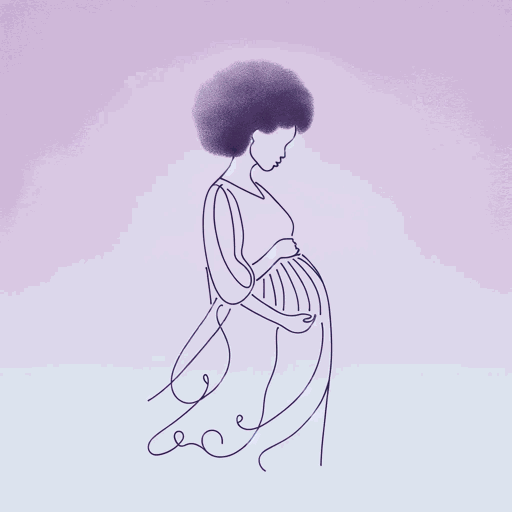77 pages • 2 hours read
Dorothy RobertsKilling the Black Body: Race, Reproduction, and the Meaning of Liberty
Nonfiction | Book | Adult | Published in 1997A modern alternative to SparkNotes and CliffsNotes, SuperSummary offers high-quality Study Guides with detailed chapter summaries and analysis of major themes, characters, and more.
Chapters 6-7Chapter Summaries & Analyses
Chapter 6 Summary: “Race and the New Reproduction”
In this chapter, Roberts examines “the reasons for the racial disparity that marks the new reproduction”—that is, women’s access to fertility treatments and egg donation (232). Reproductive technologies offer hope to infertile couples while creating “family arrangements that break the mold of the traditional nuclear family” (233). A child can have up to five parents: the genetically- related parents, the surrogate mother, and the parents who intend to raise the child. The technologies fulfill a couples’ wish to have a blood-related child. Pregnant women who have amniocentesis or other diagnostic procedures can terminate pregnancies upon discovering a genetic defect. In the future, gene alteration may help remedy genetic disorders or enhance certain characteristics.
Roberts asserts that these technologies encourage conformity instead of challenging the status quo. While they’ve helped single women and LGBTQ people become parents, most in-vitro fertilization (IVF) clinics’ clients are still heterosexual couples. At the time of this book’s publication, state statutes permitted insurance to cover IVF only when a husband’s sperm fertilized his wife’s eggs. In addition, courts have been willing to grant parental rights to sperm donors. Some feminists have contended that new reproductive technologies reinforce “traditional patriarchal roles that privilege men’s genetic desires and objectify women’s procreative capacity” (234).
Related Titles
By Dorothy Roberts
Featured Collections
9th-12th Grade Historical Fiction
View Collection
Black History Month Reads
View Collection
Books on Justice & Injustice
View Collection
Books on U.S. History
View Collection
Class
View Collection
Class
View Collection
Contemporary Books on Social Justice
View Collection
Equality
View Collection
Health & Medicine
View Collection
Women's Studies
View Collection
YA Nonfiction
View Collection


